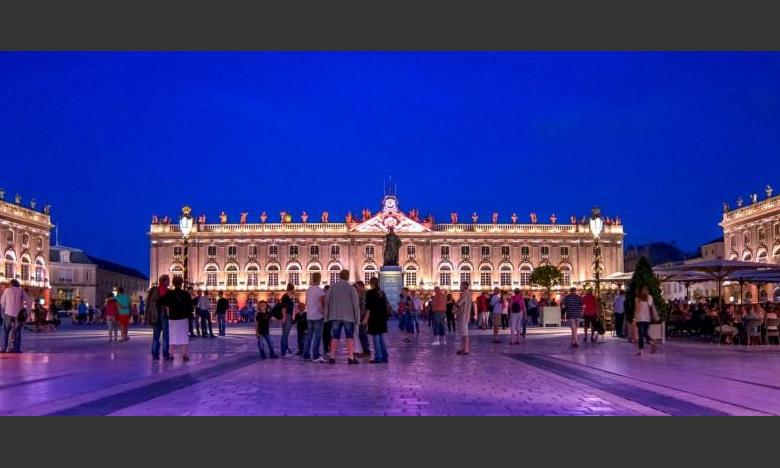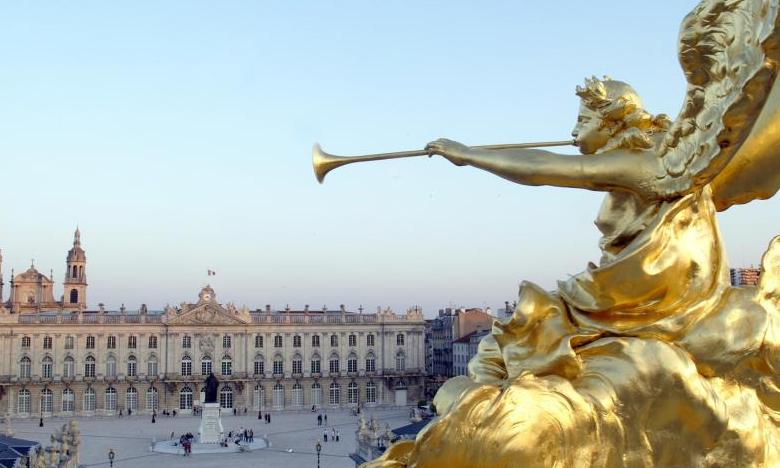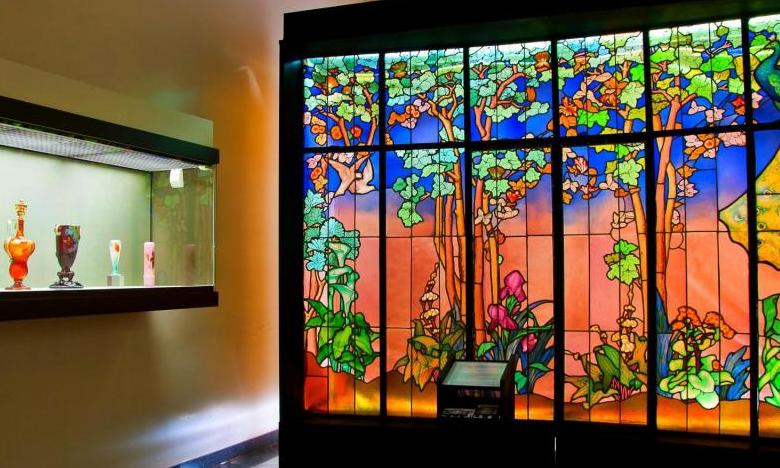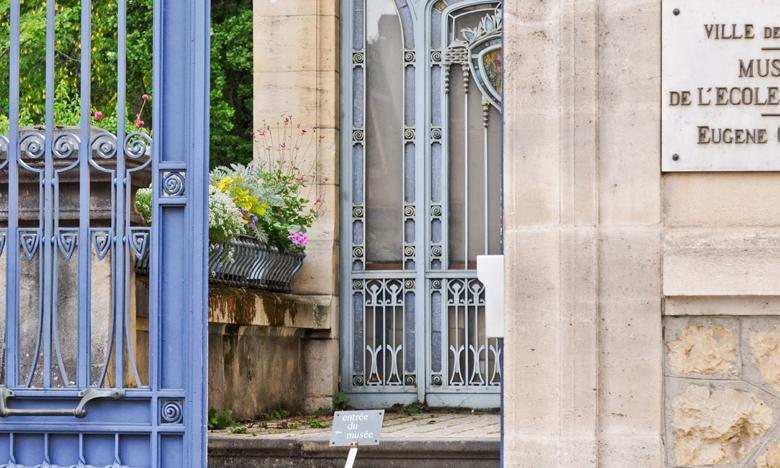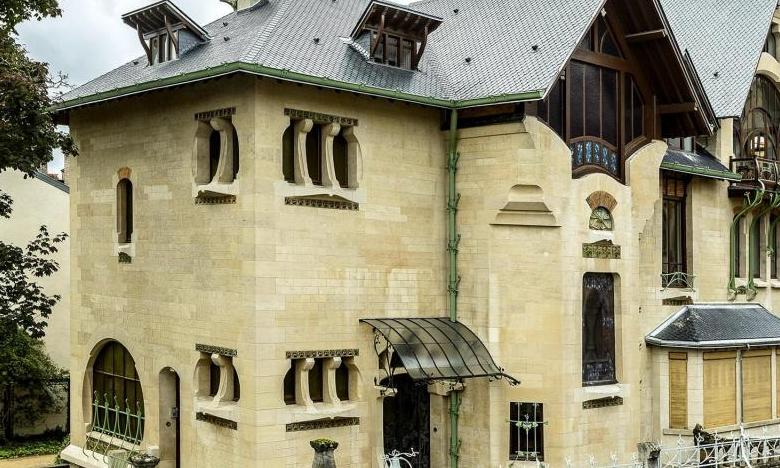The Villa Majorelle reopening
The iconic home of Art Nouveau in Nancy, a total work of art by the architect Henri Sauvage, built for the furniture designer Louis Majorelle, is now a historic monument. Villa Majorelle reopens its doors after several months of restoration on February 15 & 16, 2020. For Art Nouveau lovers, it is a must-see along with the Museum of the École de Nancy
Following major external renovation works, which were revealed to the public during the 2017 Heritage Days, Villa Majorelle’s partial internal renovation will be completed in February 2020.
Located in Nancy, former capital of the Lorraine, it is where Art Nouveau got its start thanks to internationally renowned artists part of the École de Nancy, such as Emile Gallé (famed for his glasswork), Louis Majorelle (a furniture genius) and the celebrated Daum crystal maker.
Many of the city’s neighborhoods boast Art Nouveau mansions and store fronts in the period style. In addition three large plazas – Stanislas, Alliance and Carrière – form a unique ensemble of 18th-century architecture that was recognized as a UNESCO World Heritage Site in 1983.
HISTORY OF THE MAJORELLE FAMILY AND VILLA :
Just 15 miles west of Nancy, Louis Majorelle was born in Toul on 3 October 1859. His father, Auguste Majorelle (1825–1879), was fairly successful in the field of Japanese-style furniture decoration (using vernis Martin finishes) and style copying. Louis was considering a career as a painter and studied at the School of Fine Arts in Paris but, after the death of his father, had to return to Nancy to help his mother run the family business, which already employed over twenty workers and was enjoying favorable financial success following the annexation of Alsace-Moselle.
Under Louis’ leadership, the company launched into the production of modern furniture, influenced by nature and by Emile Gallé: it was an immediate success. At the same time, he continued with the industrial production of style copies. With the help of his brother, Jules Majorelle, the company set out to conquer the Parisian and international markets. In 1904, they opened a retail store on Rue de Provence, Paris (Samuel Bing’s former store) and branches were set up in London, Berlin, Lyon, Lille and even Oran.. Orders from haute couture houses, Parisian cafés, rich industrialists, department stores and embassies made sure that the company enjoyed lasting success and recognition.
In 1898, Louis Majorelle gave the architect Henri Sauvage (1873–1932), who he had met at the home of their mutual friend, the sculptor Alexandre Charpentier, the task of drawing up plans for his personal home in Nancy. Aged just 26, Henri Sauvage had not yet been involved in such a project; his only experience was a few months of working with the Brussels architect Paul Saintenoy. Nevertheless, Majorelle preferred him to the Nancy architect Lucien Weissenburger, who had just built his workshops and been given the job of carrying on the project. His choice was based partly on the Parisian architect’s creative boldness and partly on the network of artists who would be called upon to take part in the project.It was also an opportunity for Majorelle to show Nancy some original conceptual ideas.
Villa Majorelle -or Villa Jika, named using the initials of Louis Majorelle’s wife, Jane Kretz- was built in 1901–1902 and has a very special place in the history of Nancy’s architecture. It was the first completely Art Nouveau house in Nancy, designed as an ensemble in which each component of its structure and decoration was designed in close interdependence with the rest of the building. The flowing forms and decorative motifs and the continuous interplay between the
exterior and the interior make Villa Majorelle an example of success fully applying the notion of artistic unity, advocated by a large number of artists of the period.


